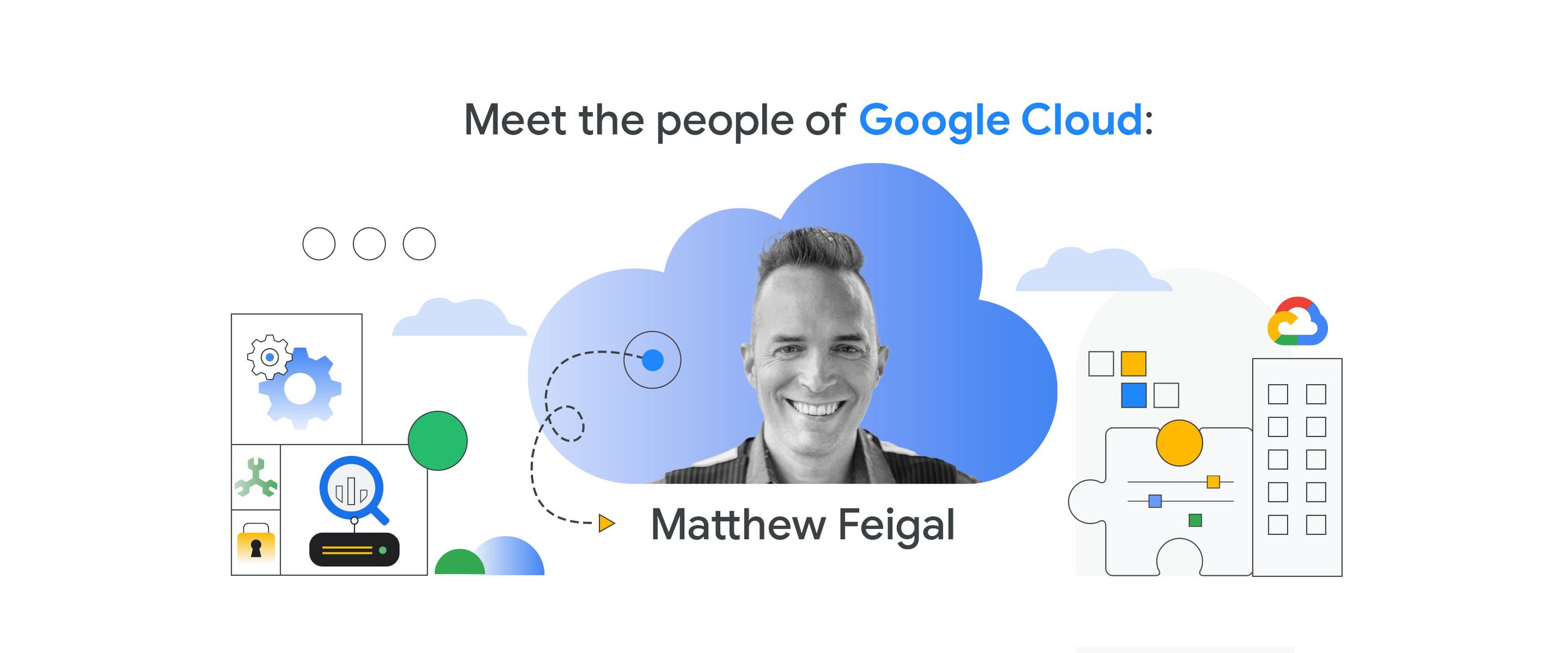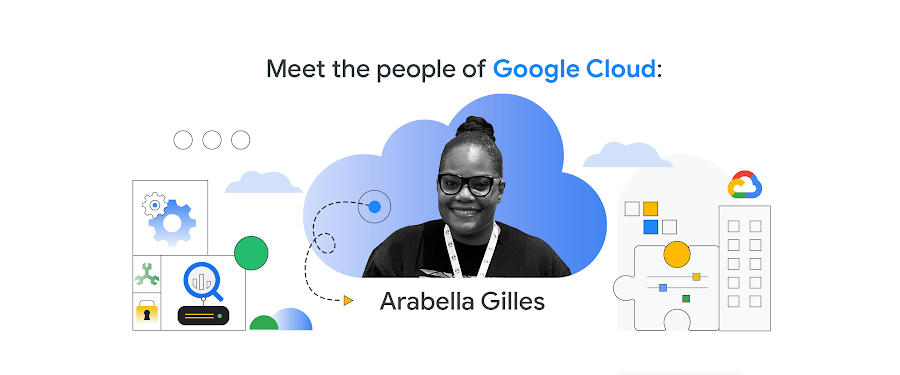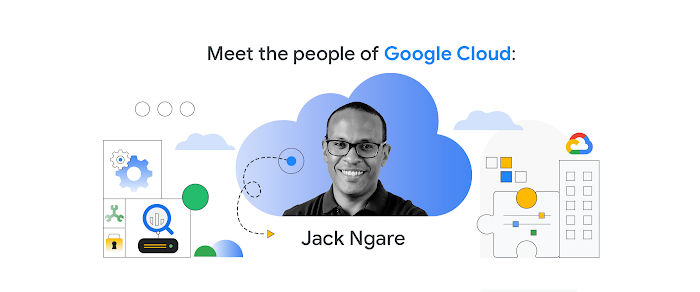How one Googler uses talking tulips to connect with customers

Google Cloud Content & Editorial
Editor's Note: Matt Feigal has spent years deep inside many of our customers' toughest technical problems, and now helps our partners solve innumerable issues for even more customers. That success at engineering problem-solving didn't come about as you'd expect, though. He's got an inspiring range of skills in empathy, entertaining…and engineering.
What was your path to Google?
I studied History at the University of Minnesota. I liked seeing all the angles: not just what a king did, but what happened in agriculture, in the economy, with the climate, and all the various situations and consequences. I started doing tech work to pay for my unpaid internships in museum work and found I really enjoyed computers too.
Early on I found a mentor who gave me a lot of trust, and pointed me to where I needed to skill up (a lot). My first employer was a pacemaker company that sent me to Europe to improve research trials between the US and Europe. I really enjoyed understanding both sides of the ocean, and playing the ambassador on both cultural and technical details. Later I joined a Big Swedish Furniture Company as a lead developer, and continued this practice of bridging cultural and technical issues. Eventually I volunteered organizing tech communities and app development workshops as a way to keep myself learning and mentor others. I met a lot of Google developers this way, and that’s how I got a chance to work here.
History to Engineering is an interesting path. How does it affect the way you work?
I think it helps me have empathy on a couple of levels. Working both in Sales Engineering and Cloud Platforms Solutions roles, I’ve been tasked with asking customers about problems and discovering ways to solve them.
I’ve learned it comes down to figuring out the one thing customers need and how that is going to fix the problem they need to solve first, so they build momentum and move faster on the next problems. It’s a combination of engineering solutions, customer experiences, and hidden internal constraints such as culture and economics - it looks a lot like a social science problem.
If there is one thing the customer needs, what is your one thing?
I have to help lots of different people get motivated in the same direction. We at Google are seeing customer patterns across many companies and can best help by showing them how to apply repeatable, scalable systems. Yet every customer has complex and unique problems, and before they trust us we must prove we understand. I find combining this empathy with our experience is the best way to get them motivated and moving.
What has been unique about Google?
At Google, we’re motivated by a vision, and I see that it’s what makes me and my peers successful: we constantly build on our strengths, and challenge each other to make the most of those strengths, rather than spending too much effort filling our personal gaps. It’s a big change from my past work, and it makes for very special teams.
What's the most effective way you motivate people to use Cloud?
By finding a way to uncover their passion and put it into action. I run meetups here for our partners to talk about our technology because techies love to connect and learn from each other. But it has to then go the next step: challenging them to go back to their shops and apply the new learning.
Humor works too. I've been part of a few successful April Fool projects centered around life in Holland, like the self-driving bicycle (we ride a lot of bikes); the "Google Tulip," for communicating with our national plant; and Google Wind for harnessing Holland's windmills to blow away clouds. They’re funny, but more importantly we use them to build out storytelling and technical demos which show off the data pipelines, NLP, Kubernetes, etc., that real techies would use to build such a project.
Since I'm not talking about a real project with these stories, it's easier for people to quickly imagine their own problems that match the pattern. If someone in retail looks at a financial industry solution, they quickly turn off. But if we show how to talk to flowers, they imagine how that interactive voice application might work in their business.



